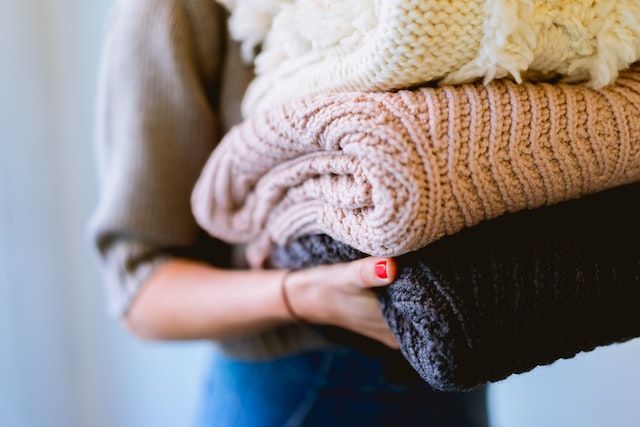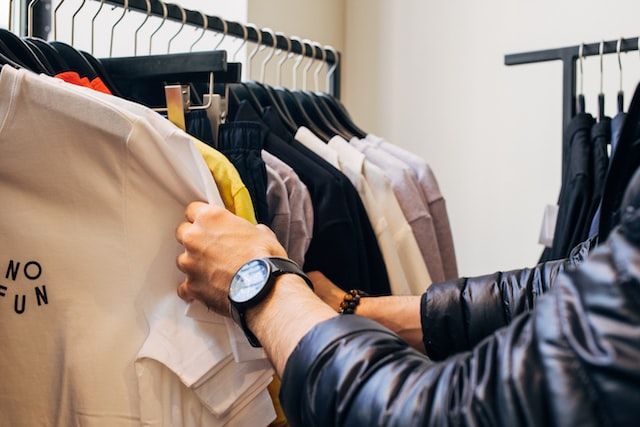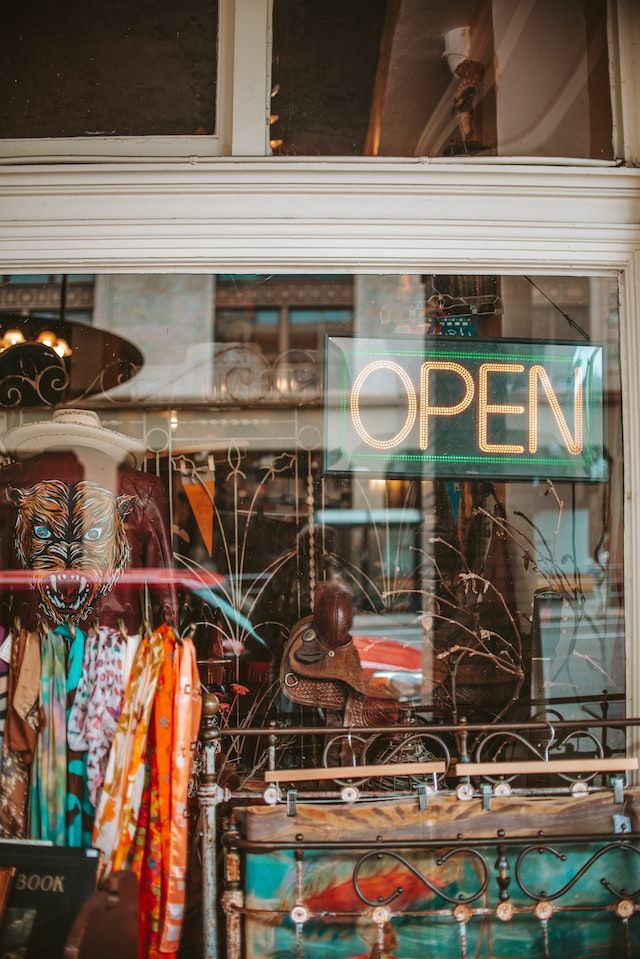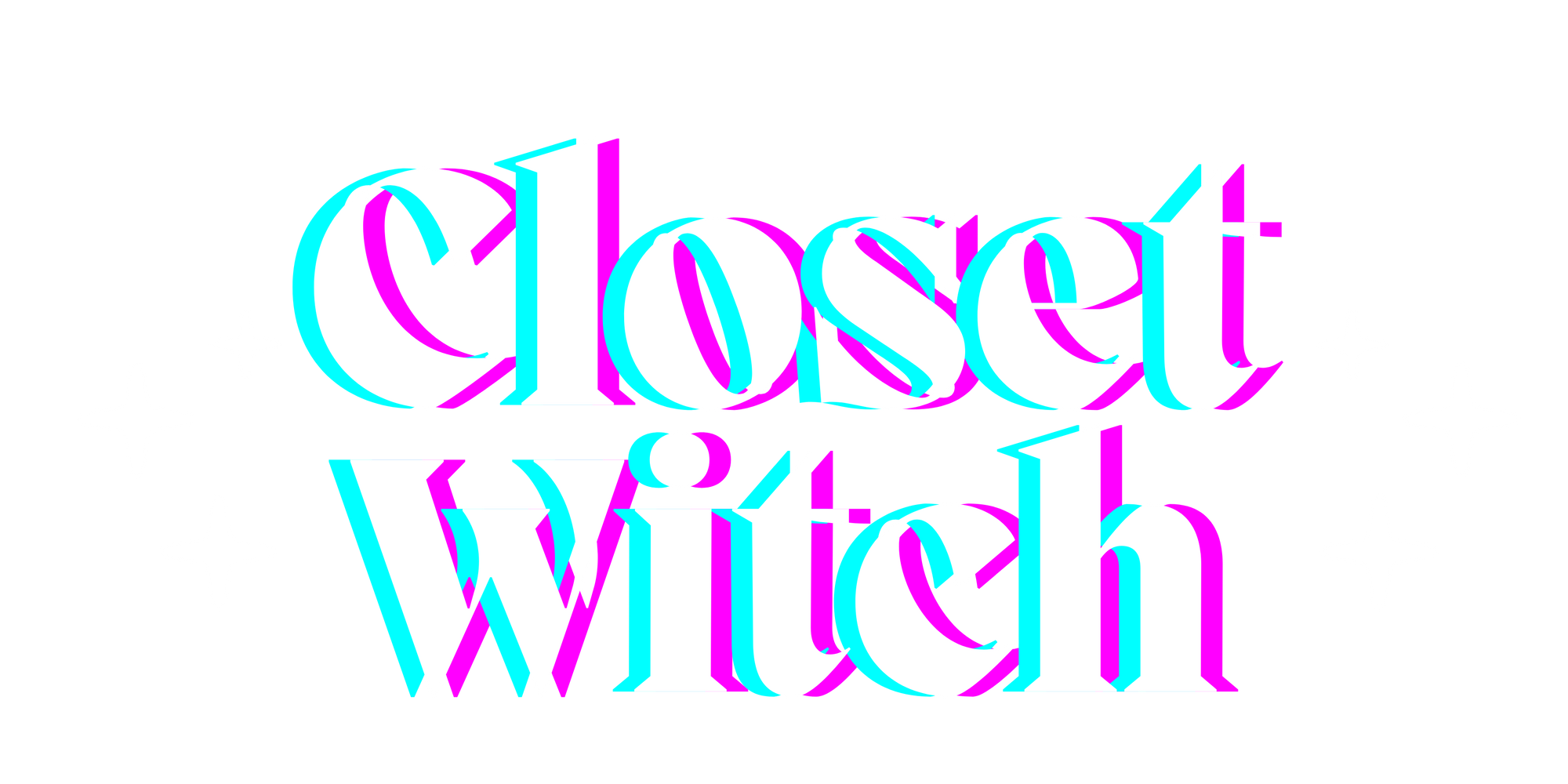Why Poshmark Sellers Should Have Expensive Taste: A Case for Shopping Second-Hand Luxury For Yourself

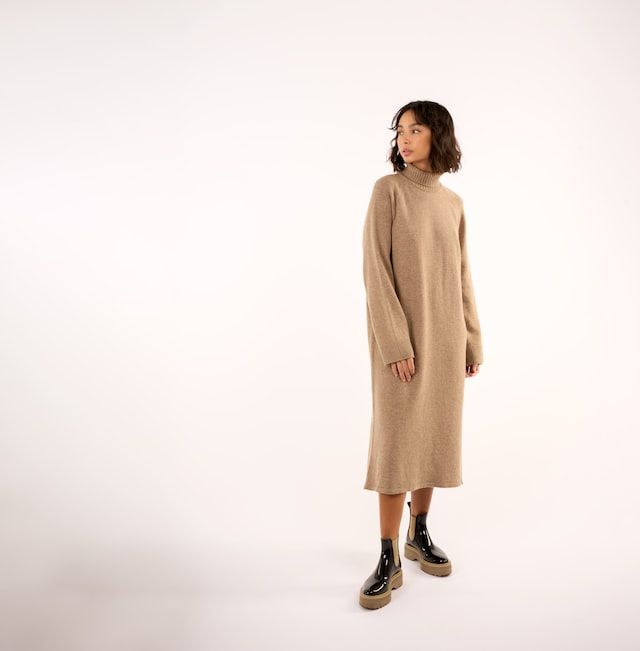
(Honestly, no hate to St. John's Bay though, I see 15 to 20-year-old SJB pieces at the thrift store all the time in way better condition than a lot more recent stuff. Decent quality is decent quality!).
So anyway, hi, my name is Cathy, and I have a Real Real problem. [Hi Cathy!] I'm not sure when this started exactly, but suddenly, after years of happily snapping up Universal Thread and Banana Republic Factory at the thrift store for myself while I sell anything of value I find, I'm slowly starting to re-donate those pieces from my personal closet as I instead build up a beautiful, yet cheaper than Ann Taylor Loft collection of second-hand DVF wrap ($26) and Thakoon sheath ($18) dresses, St. John and Derek Lam silk and knit tops ($8-12), Lanvin flats and knee-high boots ($32 and $55), and Theory and Vera Wang cashmere ($13-$18 for a sweater dress and sleeveless shell top, both 100% cashmere).
Literally, I don't know who this person is. As a life-long wearer of mall brands to dressy events, I recently attended a formal wedding in a Monique Lhuillier gown ($155) with a Helmut Lang evening jacket over it ($16.50) and Badgely Mischka shoes ($35 the shoes were kind of a splurge here), and felt like a damn goddess. The best part: I'll make most if not all my money back reselling these items, if I can bear to part with them. (Note: for jewelry I wore my own gifted earrings and a vintage cuff bracelet I found at the thrift store, both of which I'll never part with. But I think I can handle the $3.99 sunk cost.)
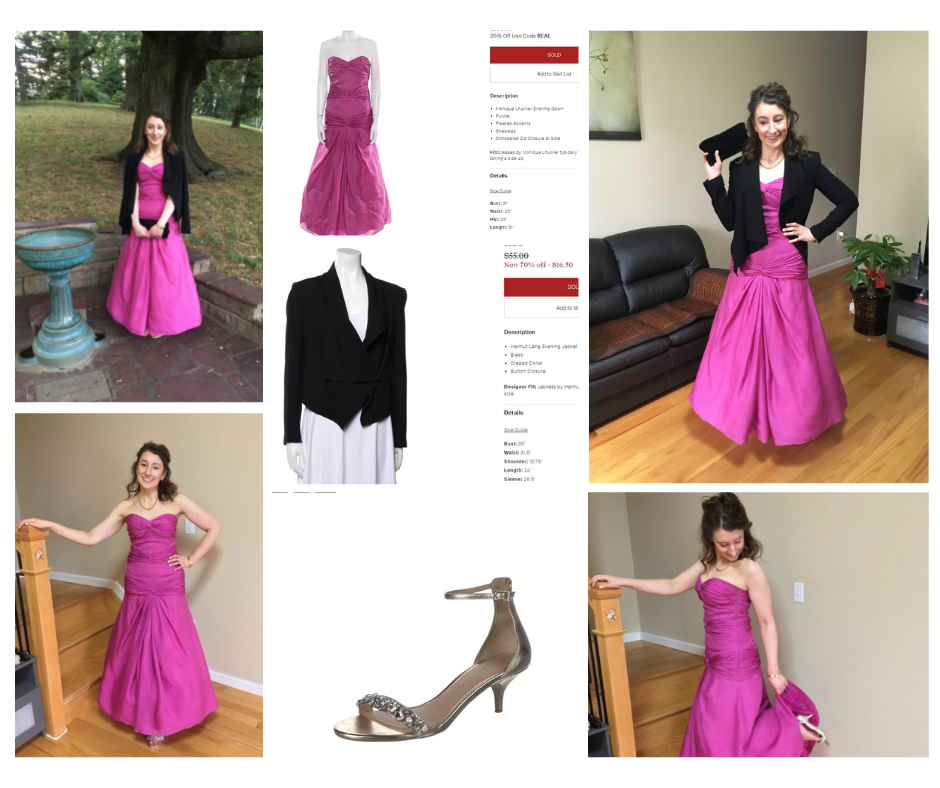
So why am I suddenly getting bougie? And how am I able to actually keep fancy things I got for cheap when that's literally what I do for a living?
Reselling Changes How You See Clothes and Accessories
When you resell, you start appreciating quality.
It's eye opening seeing the garbage condition that the majority of fast fashion items are in by the time they make it to the thrift store--despite being fairly new. Who wants to spend $30 on an item that will look like crap after a few wears vs. $25 on a used item that can clearly withstand a few years, or even decades, of wear and still look wonderful?
You Start Noticing (and Expecting) Special Details.
The first time I bought a St. John shell top, it was a whim ($8! why not!), but the care it was made with truly blew me away. Besties, these shell tops will not show your bra straps. From any angle, or orientation. They have special little snaps that keep straps in place, but even when I forget to use them, they keep me covered.
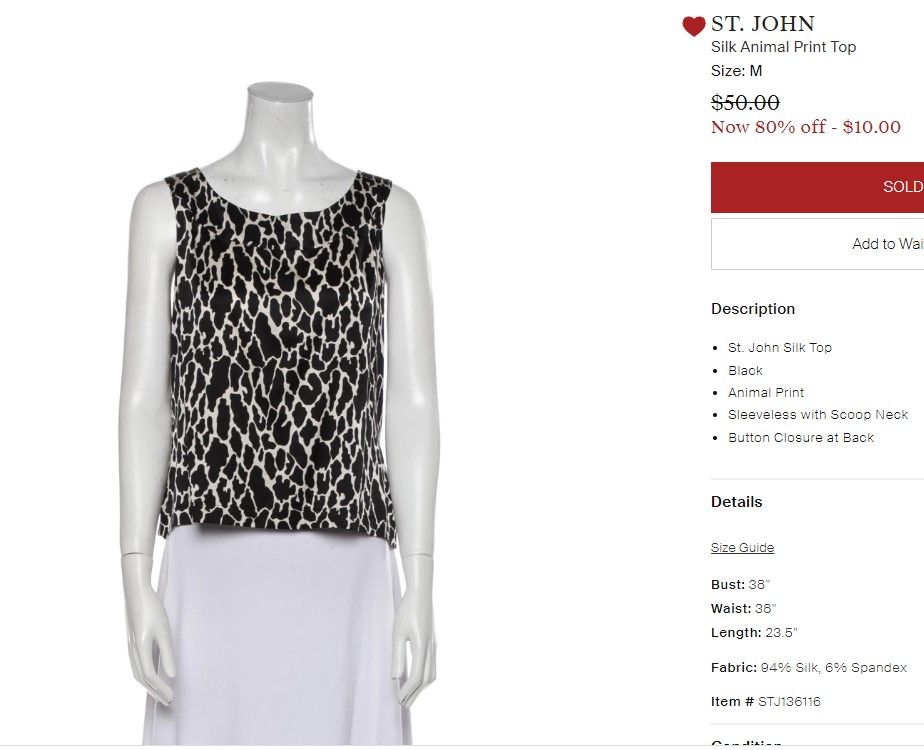
My pricey items are also much more likely to have full linings, pockets (!), adjustable elements, extra buttons, hang tabs, etc, that make them easier and more enjoyable to wear and take care of. For example, a 15-year old Lanvin trench I got for a song has 4 very subtle loops on each side seam so you can choose where exactly to belt it. For a short-waisted person, this is dreamy beyond words. These are the details that help you look good!
Which brings me to our next point:
You Realize the Clothes Work Harder to Make You Look Fabulous
I have three (one patterned silk, two solid Santana-knits) and all have this subtle high-low bottom shape that just exudes a certain forward-moving energy that makes you look (I'm so sorry to sound like such a tool, but it's true) important and chic. The necklines are also exquisite, though I can't quite articulate why? Sexy but not revealing? Sophisticated but not stuffy? I don't know how to describe it, but clothes of a certain caliber just give more. It's hard to go back to "lazy" clothes that aren't working for you once you've seen the difference. I've never before been complimented on basic solid-top-and-skirt outfits before, and St. John knits changed that!
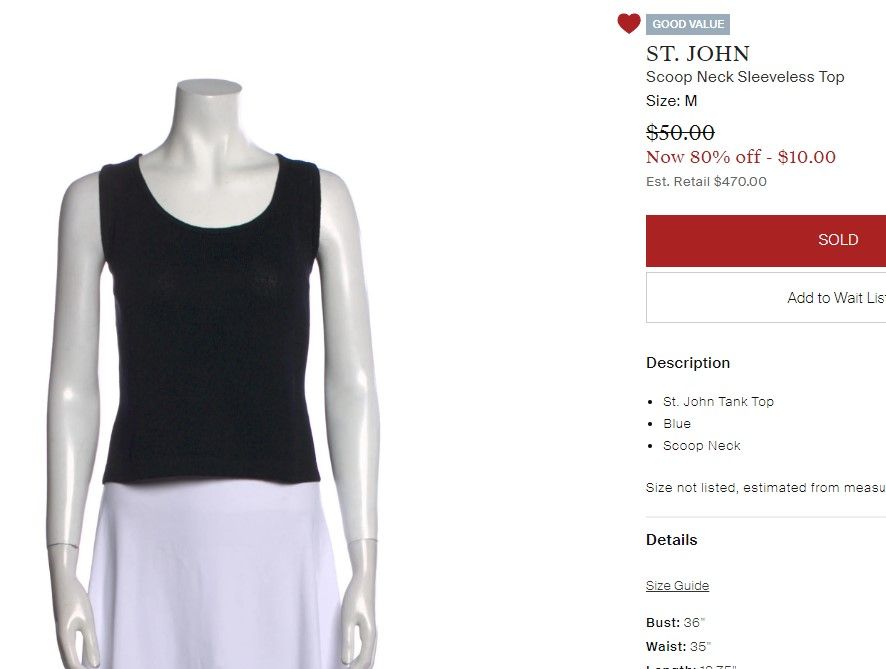
You See Wardrobe Items as a Literal Investment
Buying new items for yourself via retail is always a bit of a risk. Will you wear this as much as you think? Will it go with your existing stuff? Will it be fussy to take care of? With that in mind, buying clothing that won't lose 90% of their value the moment you purchase them is, in my opinion, a wiser choice for anyone who already resells clothing, even if those clothes cost more up front.
With that last point in mind, caring for items=preserving their resell value if you ever want to sell. The next post will cover caring for high-end clothing and accessory items for yourself, while keeping the door open to resale for the future. Look out for it next Tuesday to keep your stuff beautiful and sellable!
XOXO,
Cathy @ ClosetWitch
Read More:
